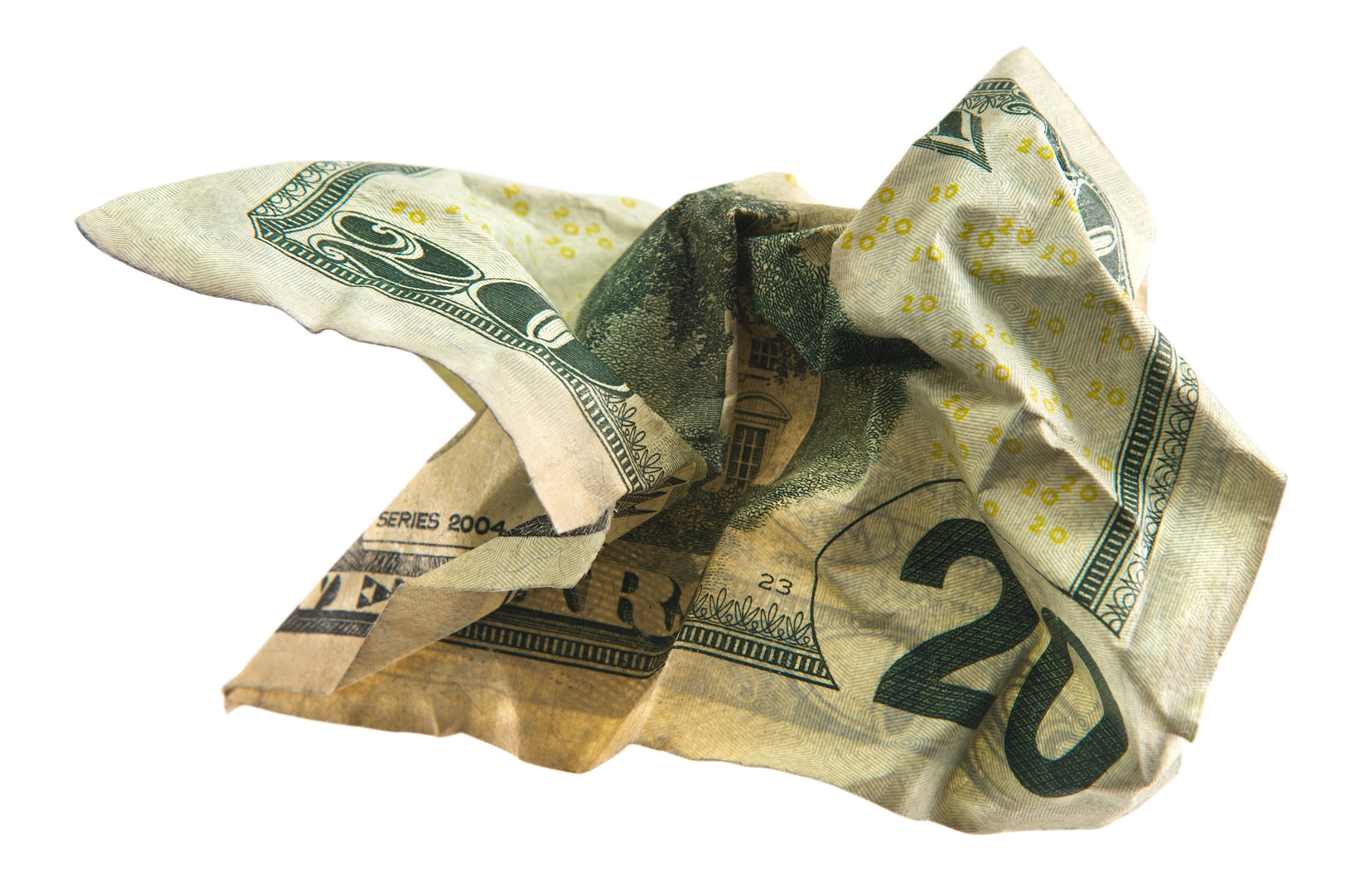
Throwback: Measuring economic impact
We’re often told that we live in The Information Age, just as though there was time before now when people went around starved for information and making worse decisions because of it. “Analytics,” “metrics,” “big data” — if we would just avail ourselves of these things, use more spreadsheets, hire more consultants, buy more software, we could know whether we’re spending well. Government is particularly susceptible to such fancies.
That brings us to this week’s throwback, a Nerve story from February 2010 about a pending economic impact study. “In reality, what we’re talking about is spending more taxpayer dollars to assess the impact of spending taxpayer dollars…”
BEECH ISLAND – Some 13 years after Congress established the South Carolina National Heritage Corridor – an endeavor that’s soaked up more than $3.5 million in direct taxpayer funds and millions more indirectly – the government is finally getting ready to do an economic impact study.
The University of South Carolina and Clemson University will spend $100,000 to measure corridor visitors and attempt to quantify the economic benefits of the Heritage Corridor designation within the 17-county area.
Results of the study, funded by USC’s Alfred P. Sloan Foundation Travel and Tourism Industry Center and the S.C. National Heritage Corridor, will be released in June.
What’s not likely to be studied is just how much the corridor, which includes Abbeville, Aiken, Anderson, Bamberg, Barnwell, Berkeley, Charleston, Colleton, Dorchester, Edgefield, Georgetown, Greenwood, McCormick, Oconee, Orangeburg, Pickens and Saluda counties, has cost taxpayers since its inception in 1996.
In reality, what we’re talking about is spending more taxpayer dollars to assess the impact of spending taxpayer dollars.
The corridor, one of more than three dozen national heritage corridors nationwide, was set up to provide opportunities for communities and organizations to conserve and develop their historical, cultural, and natural assets.
Grant applicants are required to provide a dollar-for-dollar match for requests. Unfortunately, this match can, and often does, come in the form of state and local tax funds, rather than private money.
Which is how you get projects like the Beech Island brick cottonseed barn. In 2007, the Beech Island Historical Society got an $18,000 grant from the S.C. National Heritage Corridor to help rebuild a shed adjoining the barn, part of an effort to turn the site into an agriculture museum.
It was advertised as part of an effort to stimulate the economy of the rural Aiken County community and was matched by a $15,000 Aiken County accommodations tax grant.
Later, another $18,000 Heritage Corridor grant went to renovate the structure that houses the society’s gift shop and history room, money which was again paired with a $15,000 county accommodations tax grant, according to Beech Island Historical Society President Jackie Bartley.
And the society has recently been awarded a third Heritage Corridor grant for $13,400, for more building improvements. It’s also paired with a county accommodations tax grant, this one for $13,400 Bartley said.
In addition, the U.S. Department of Agriculture Rural Development awarded the society a $200,000 Rural Business Enterprise Grant to fund renovations to the barn itself, which was built in the 1880s.
The only private investment in the entire project, which has sucked up more than $290,000, has been a few thousand dollars raised by Beech Island Historical Society members for items such as pavers and gravel.
And how much has the project stimulated the Beech Island economy? Probably not a whole lot. According to the Beech Island Historical Society’s Web site, the museum is only open from 11 a.m. to 1:30 p.m. on Tuesdays and Wednesdays – not exactly peak time for tourists.
The historical society holds its monthly meetings at the location, which are attended by 30-50 individuals, Bartley said, adding that she estimates a total of approximately 1,000 visitors tour the site annually.
While saving South Carolina’s historical treasures and landmarks is a worthwhile cause, there appears to be a largely default view today that this can only be done with tax dollars, rather than through private financing.
Money for S.C. National Heritage Corridor projects, for example, comes from the U. S. Department of the Interior and is passed through the S.C. Department of Parks, Recreation and Tourism.
Other Heritage Corridor projects undertaken over the years include:
- $20,000 to the Aiken Center for the Arts for a capital campaign;
- $20,000 to the Lowcountry Environmental Education Program to assist with planning for its Web of Water program;
- $5,000 to the National Wild Turkey Federation for education and exhibit materials related to the organization;
More than 250 Heritage Corridor projects have been funded in South Carolina over the years.One of those, ironically, was a $20,000 grant to the Anderson County Museum for an exhibit highlighting the history of commerce in Anderson County. Somehow, one doubts that commerce in Anderson County would have achieved a level worthy of commemorating within a museum if it had relied on government handouts.
